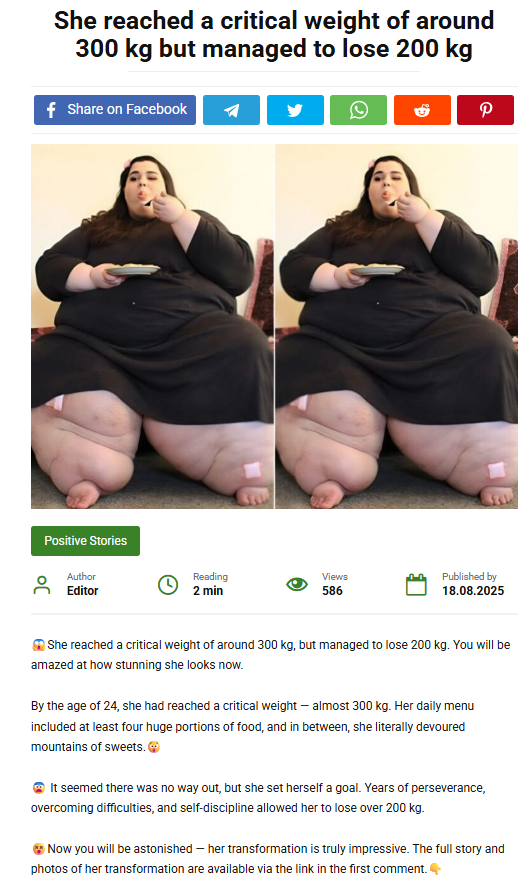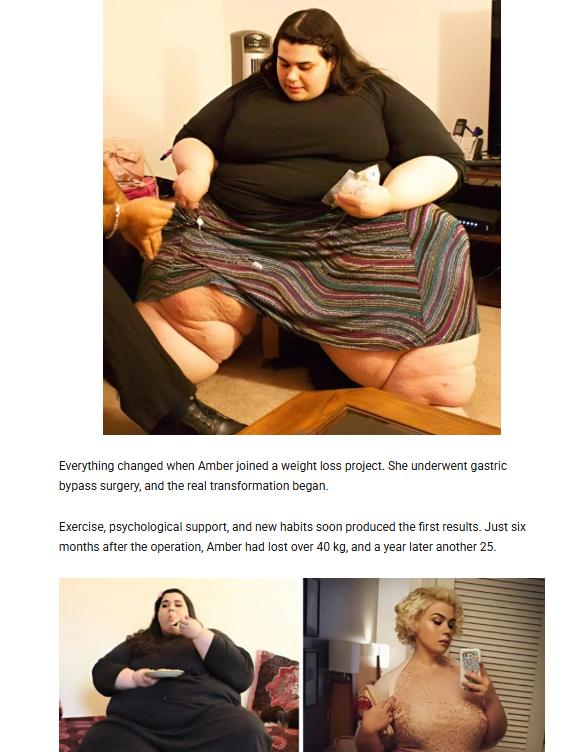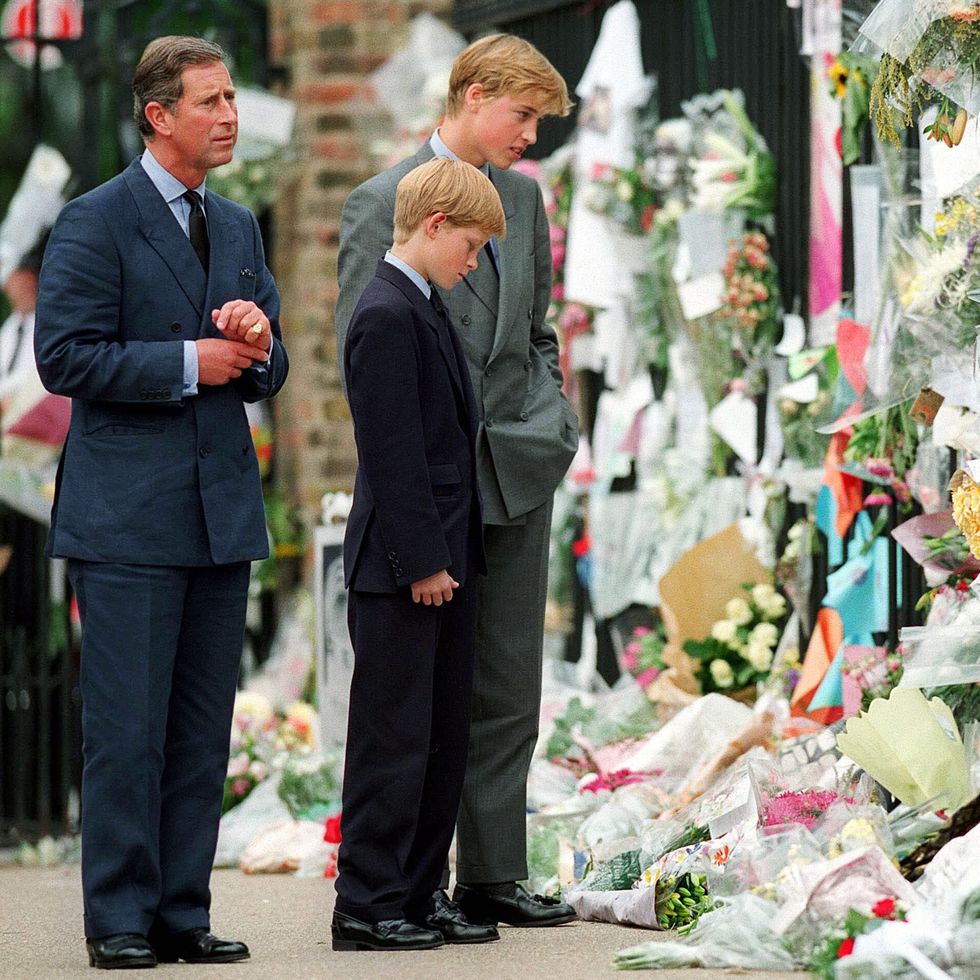

A Camera That Froze the Moment America Changed
The morning of September 11, 2001, began like any other in New York City — clear skies, commuters on their way to work, the hum of a city that never sleeps. But within minutes, ordinary life was torn apart. What one CNN camera captured that day is not just news footage — it is a raw time capsule of fear, disbelief, and the instant the world shifted.

The Calm Before the Shock
At first, the smoke rising from the North Tower was met with confusion. Was it a terrible accident? A plane off course? People in the streets stared upward, their voices a mix of worry and speculation. The camera rolled, unfiltered, as sirens wailed in the distance and the skyline filled with black smoke.
The Moment Everything Changed
At 9:03 a.m., the second plane came into view. The lens followed as it cut through the clear blue sky — straight into the South Tower. Gasps turned into screams. In that second, the illusion of accident vanished. What remained was certainty: this was a deliberate attack.
The footage doesn’t cut away. There are no polished anchors or edited montages. Instead, you hear the crowd’s collective shock, the silence that followed, and the desperate voices rising as people realized their city, their country, was under attack.
Courage in Real Time
The journalists behind the camera kept filming, not knowing if more planes were coming, not knowing if they themselves were safe. That choice preserved one of the clearest, most unfiltered records of the day — proof against doubt, distortion, and denial.

Why the Rawness Still Matters
Nearly 3,000 lives were lost that day, and countless others were changed forever. For those who lived through it, the images are burned into memory. For younger generations who know 9/11 only as history, footage like this provides something textbooks cannot: the raw human experience of confusion, fear, and resilience.
The Ethics of Remembering
Uncut footage is difficult to watch. It forces us to sit with the horror rather than a carefully packaged version of events. Yet its value lies in that honesty. It tells the story as it unfolded — the towers burning, the crowds reacting, the first responders rushing in — without spectacle or filter.

A Legacy of Memory and Strength
More than two decades later, this CNN video remains one of the purest windows into that morning. It documents loss, but also the resilience of a city that, within minutes, saw ordinary citizens step forward as helpers, protectors, and heroes.

Conclusion
This rare recording does not simply show history — it immerses you in it. It captures the precise moment America’s sense of safety was shattered and a new era began. Painful as it is to revisit, watching ensures that we remember — not only the devastation, but also the bravery, the humanity, and the promise to never forget.
Healthy cooking oils compared: benefits for heart and metabolism 

Choosing the right cooking oil can be a game-changer for your health. With so many options lining grocery store shelves—from olive oil and avocado oil to coconut and canola—knowing which one to use (and when) can feel overwhelming.
What you cook with doesn’t just influence the flavor of your meals—it can also impact your heart health, metabolism, cholesterol levels, and even weight. Some oils are rich in healthy fats that support cardiovascular function and metabolic efficiency, while others are highly processed and can contribute to inflammation and disease when consumed regularly.
In this article, we’ll explore the most common and beneficial cooking oils, break down their unique properties, and help you make informed choices that support both your heart and your metabolism.


 Why Cooking Oil Matters
Why Cooking Oil Matters
Cooking oil is more than just a vehicle for sautéing or frying—it’s a significant source of dietary fat. And not all fats are created equal. The type of fat you consume influences everything from energy production and hormone regulation to inflammation and cholesterol balance.
Here are the main types of fats found in cooking oils:
Monounsaturated fats (MUFAs) – Promote heart health and help improve insulin sensitivity. Polyunsaturated fats (PUFAs) – Include omega-3 and omega-6 fatty acids, important for brain and metabolic function. Saturated fats – Controversial in excess, but some types may have benefits when consumed moderately. Trans fats – Artificially created fats that should be completely avoided due to their harmful effects on heart health. 1. Extra Virgin Olive Oil (EVOO)
Best for: Light sautéing, drizzling, dressings, low to medium-heat cooking
Olive oil, especially extra virgin olive oil, is often considered the gold standard when it comes to healthy fats. It’s a staple of the Mediterranean diet and has been linked to lower rates of heart disease and improved metabolic function.
Health Benefits: Rich in monounsaturated fats, particularly oleic acid, which reduces inflammation. Contains antioxidants like polyphenols that protect blood vessels and improve cholesterol profiles. Supports insulin sensitivity and helps stabilize blood sugar levels. May aid in weight management by promoting satiety. Things to Know: EVOO has a lower smoke point (~375°F), so it’s best for low to medium heat or finishing dishes. 2. Avocado Oil
Best for: High-heat cooking, roasting, frying, grilling
Avocado oil is another heart-healthy oil that’s gaining popularity thanks to its buttery flavor and versatility. It’s extracted from the flesh of avocados and retains many of their nutritional benefits.
Health Benefits: High in monounsaturated fats, making it excellent for heart health. Naturally rich in vitamin E, an antioxidant that supports immune and skin health. Stable at high temperatures due to a high smoke point (around 520°F). May help lower bad LDL cholesterol and increase good HDL cholesterol. Things to Know: It’s ideal for frying and grilling but also great for dressings and marinades. 3. Coconut Oil
Best for: Baking, sautéing, curries, certain desserts
Coconut oil has been both praised and criticized in health circles. It’s high in saturated fat, which traditionally raised concerns—but not all saturated fats are the same.
Health Benefits: Contains medium-chain triglycerides (MCTs) that may support metabolism and energy production. MCTs are quickly absorbed and used as a quick source of energy, potentially aiding weight control. May have antimicrobial properties thanks to lauric acid. Things to Know: Despite its potential benefits, coconut oil should be used in moderation, especially for people managing cholesterol or cardiovascular risk. Has a distinct flavor, so it’s not suited for all dishes. 4. Flaxseed Oil
Best for: Salad dressings, drizzling, smoothies (not for cooking)
Flaxseed oil is rich in alpha-linolenic acid (ALA)
, a plant-based omega-3 fatty acid. It’s highly sensitive to heat, so it’s not meant for cooking, but it’s a great addition to cold dishes.
Health Benefits: Supports heart health by reducing blood pressure and inflammation. May enhance metabolic function and reduce insulin resistance. Helps balance omega-6 to omega-3 ratio, which is crucial for managing inflammation. Things to Know: Store in the refrigerator to prevent rancidity. Use only in cold applications; it degrades when heated. 5. Canola Oil
Best for: Baking, sautéing, frying, general-purpose cooking
Canola oil is widely used due to its neutral flavor and affordability. While it does have a favorable fat profile, its level of processing raises concerns for some health-conscious consumers.
Health Benefits: Low in saturated fat and contains both monounsaturated and polyunsaturated fats. Provides a modest amount of omega-3 fatty acids. Has a high smoke point, making it suitable for a wide range of cooking methods. Things to Know: Opt for cold-pressed or organic canola oil to avoid heavily refined versions. 6. Walnut Oil
Best for: Salad dressings, drizzling, finishing dishes
Walnut oil is less common but packs a serious nutritional punch. It’s high in omega-3 fatty acids and has a rich, nutty flavor that complements many dishes.
Health Benefits: Excellent source of ALA omega-3s, linked to reduced inflammation and improved vascular health. May support brain function and heart rhythm. Can improve fat metabolism, especially in those with insulin sensitivity. Things to Know: Not heat-stable, so use it raw or at very low temperatures. 7. Sesame Oil
Best for: Stir-fries, marinades, Asian-style cooking
Sesame oil, especially the toasted variety, is a flavorful addition to many dishes. It’s rich in antioxidants and healthy fats that benefit both the heart and metabolism.
Health Benefits: Contains sesamol and sesamin, powerful antioxidants that combat oxidative stress. May help reduce blood pressure and support healthy cholesterol levels. Has anti-inflammatory properties. Things to Know: The toasted version has a low smoke point and should be used sparingly or as a finishing oil. Choosing the Right Oil for Your Needs
Here’s a quick reference guide to help you choose the right oil based on how you plan to use it:
Cooking Method Best Oils High-heat frying Avocado oil, refined olive oil Sautéing Extra virgin olive oil, canola oil Baking Canola oil, coconut oil Raw applications Flaxseed oil, walnut oil, EVOO Asian-style dishes Sesame oil (toasted for flavor) Final Thoughts
The oils you cook with have a direct impact on your heart and metabolism. Incorporating oils rich in monounsaturated and polyunsaturated fats can help reduce inflammation, support cholesterol balance, and improve energy use in the body. Meanwhile, minimizing processed and hydrogenated oils is key to long-term cardiovascular and metabolic health.
No single oil is perfect for every use. The healthiest approach is to rotate between a variety of high-quality oils, depending on your cooking method and nutritional goals. By choosing wisely and being mindful of how you use them, you can enhance the flavor of your meals while supporting your health from the inside out.
a54.5 MINUTES AGO! Darkness fell over Diana’s tomb as Prince Harry returned quietly in the dead of night  5 MINUTES AGO! Darkness fell over Diana’s tomb as Prince Harry returned quietly in the dead of night, standing frozen before his mother’s grave to announce the TRAGIC NEWS. The Palace locked its gates, the press silenced, an emergency meeting summoned. Through sobs, Harry cried out: ‘Mother… Father has…’” Prince Harry Announces Sad News at Princess Diana’s Grave
5 MINUTES AGO! Darkness fell over Diana’s tomb as Prince Harry returned quietly in the dead of night, standing frozen before his mother’s grave to announce the TRAGIC NEWS. The Palace locked its gates, the press silenced, an emergency meeting summoned. Through sobs, Harry cried out: ‘Mother… Father has…’” Prince Harry Announces Sad News at Princess Diana’s Grave
In a moment filled with raw emotion and deep reflection, Prince Harry has delivered heartbreaking news while standing before the grave of his late mother, Princess Diana. The Duke of Sussex, visibly moved, chose this sacred place to share his sorrow with the world, connecting his personal grief to the memory of the woman who has remained an enduring symbol of love, compassion, and resilience.
A Son’s Pain Revisited

Witnesses describe Harry’s announcement as deeply personal, spoken with a trembling voice and tears in his eyes. By choosing to deliver the message at Diana’s final resting place, Harry underscored the depth of his bond with his mother and the influence her legacy continues to have on his life.
For Harry, whose life has been marked by the loss of his mother at such a young age, this moment was more than a public statement. It was an intimate conversation with Diana’s memory — a way of grounding himself in her enduring presence as he confronted new sorrow.
The Weight of the News
Although specific details of the “sad news” remain private, Harry’s words made clear that it represents a significant personal and family loss. His tone reflected not only grief but also a determination to honor his mother’s spirit by facing the moment with honesty and courage.
Observers note that the Duke’s decision to speak at Diana’s grave was deliberate. For years, he has drawn strength from visiting her resting place, often describing it as the one place where he feels closest to her. By making his announcement there, he signaled that Diana’s legacy continues to guide him even in the darkest of times.
The Symbolism of the Setting
Princess Diana’s grave, located at the Spencer family estate of Althorp, has long been a site of pilgrimage for admirers worldwide. Harry’s return to this location for such a solemn purpose has reignited memories of her passing in 1997, when he and Prince William walked behind her coffin, capturing the world’s sympathy.
This moment, decades later, reveals how that loss continues to shape Harry’s journey. The imagery of a son speaking sorrowfully before his mother’s grave reinforces the sense that Diana’s influence endures, not only within her family but also in the hearts of millions who still admire her compassion and humanity.
Public Reaction
The Duke’s announcement has sparked an outpouring of empathy from the public. Messages of support have flooded social media, with many recalling Diana’s legacy of kindness and connecting it to Harry’s vulnerability. “He carries her heart,” one message read, echoing the sentiment that Diana’s spirit remains alive through her son’s actions.
A Legacy of Love and Loss
As Prince Harry continues to navigate his role both within and outside the royal family, this moment will be remembered as one of his most personal. His announcement before Diana’s grave serves not only as a message of grief but also as a powerful reminder of love, legacy, and resilience.
In choosing to honor his mother while facing new sorrow, Harry reaffirmed that even in loss, the lessons Diana taught about compassion, truth, and courage remain unbroken.
Prince Harry\’s memory of his mother\’s funeral is heartbreaking
“I don\’t think any child should be asked to do that”
 Getty Images
Getty Images
Prince Harry has shared his traumatic memory of his mother\’s funeral in 1997, during which he and Prince William walked behind the coffin in a public procession.
Diana, Princess of Wales had died just seven days before in a car accident in Paris, aged 36. Harry was just 12 and William only 15.
“My mother had just died, and I had to walk a long way behind her coffin, surrounded by thousands of people watching me while millions more did on television,” he told
Newsweek. The Prince of Wales, Prince William and Prince Harry look at floral tributes to Diana, Princess of Wales outside Kensington Palace after the funeral in 1992 – Getty Images
The Prince of Wales, Prince William and Prince Harry look at floral tributes to Diana, Princess of Wales outside Kensington Palace after the funeral in 1992 – Getty Images
Despite her untimely death, Diana had a huge impact on the way her son chooses to live his life even today.
“My mother took a huge part in showing me an ordinary life, including taking me and my brother to see homeless people,” he said. “Thank goodness I\’m not completely cut off from reality. People would be amazed by the ordinary life William and I live.”
This week, Harry opened up about suffering from panic attacks following the death of his mother. Two decades after Diana\’s passing, the prince finally sought counselling to help him understand his grief.
The 32-year-old asserts that he still does his own shopping, highlighting the importance of maintaining a semblance of normality in his what only can be described as extraordinary, life.
“Sometimes, when I come away from the meat counter in my local supermarket, I worry someone will snap me with their phone,” he says. “But I am determined to have a relatively normal life, and if I am lucky enough to have children, they can have one too. Even if I was king, I would do my own shopping.”
My Dad Shattered My Trophy on Graduation Day—But What Broke Me More Was His Silence 

as if he were chewing on the words he couldn’t quite say. “This…this isn’t what you should be working for,” he finally managed, his voice barely above a whisper. The frustration in his eyes was palpable, but so was something else—fear, perhaps, or regret.
I wanted to argue, to demand why he couldn’t just be proud of me, why he couldn’t see the value in what I had achieved. But words failed me, lost in the haze of hurt and disappointment. Instead, I sat across from him, the kitchen table a vast, unbridgeable chasm between us.
The silence stretched, thick and suffocating. It was the same silence that had enveloped our house since my mother passed away, a silence filled with unspoken grief and unresolved anger. I thought of all the nights I had come home late, quietly so as not to disturb him, and how he had never asked how my day was or if I needed anything.

“You know,” I started, hesitantly, “I didn’t do all this just for me. Mom always said—”
“Don’t,” he interrupted sharply, his eyes flashing with an emotion I couldn’t quite decipher. “Don’t bring her into this.”
“But she believed in me,” I insisted, my voice rising. “She wanted this for me. She wanted you to want this for me.”
He looked at me then, really looked at me, and I saw the shadow of a man who once loved fiercely and lived fully. Yet, what remained now was a shell, hollowed out by loss and bitterness. “I’m trying, Sophie,” he said finally, his voice cracking. “But it’s hard.”
The admission hung in the air, raw and unexpected. It softened something in me, though the hurt was still too fresh, too deep. I realized then that while my trophy could be replaced, the years of strained silence and unvoiced pain between us could not be so easily mended.
“I know it’s hard,” I said, my voice gentle but firm. “But I’m not giving up on us. I want us to be okay again, to talk. Can we try?”
He nodded slowly, a glimmer of hope breaking through the hardness of his gaze. “Yeah, maybe we can. It’ll take time, though.”
His words were a tentative offering, and though it wasn’t a promise of immediate reconciliation, it was a start. It was something to hold onto, a fragile thread of connection in the vast sea of our shared grief.
As I went to my room that night, I passed by the remnants of my trophy, scattered and gleaming under the dim hallway light. I knelt down, gathering the pieces in my hands, feeling their sharp edges bite into my skin.
I realized that like the trophy, our relationship was broken but not beyond repair. I carefully placed the pieces on my dresser, a reminder of the day’s events and the work that lay ahead.
In the quiet of my room, I resolved to turn this moment of fracture into one of healing, however long it might take. Because at the end of the day, success wasn’t just about accolades or recognition; it was about the people who stood by you as you earned them, and the bonds you fought to mend even when shattered.